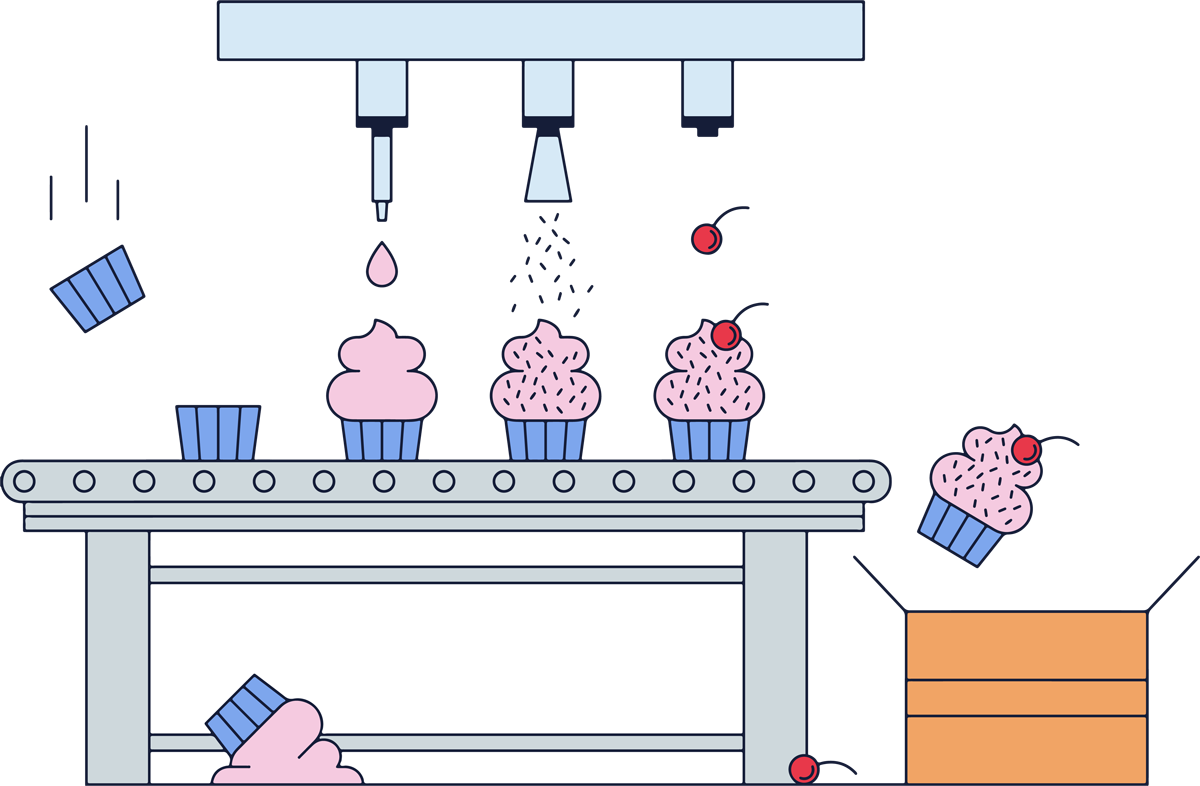Today we're going to take a look at pricing to turn a profit using a Bill of Materials. What is a Bill of Materials? How can I sequence a product through each stage of production?
Bill of Materials
An important tool for manufacturers is the Bill of Materials also known as the BoM or recipe. The bill of materials is a listing of the raw materials and quantities of each needed to manufacture a finished product. It has multiple purposes including:
- Pricing: A labor and overhead element can also be included in the bill of materials. By listing each raw material and the associated labor you can derive a cost for your products. Then you can compare that to the market price to ensure you will be producing a profit!
- Production: The BoM is the basis for manufacturing the product. It is used for pick-sheets and routing. It can also be used for raw material backflushing.
Backflushing: Process of determining the number of parts that must be subtracted from inventory records. This number is computed by referring to the number of parts withdrawn from the inventory (and delivered to the shop-floor) and the number of parts assumed (according to the bill of materials) to have been consumed in a manufacturing line at one or more deduct points. - Business Dictionary
- Purchasing: The BoM is used to forecast the raw materials demand based on the quantity of finished products that needs to be produced.
Order Time Resources
>> Assembly and Creating a Bill of Materials
>> Kit and Configurable Bill of Materials
Indented bill of materials
The term indented bill of materials refers to a product that has multiple stages of production. The typical manufacturing process has at least one work in progress (WIP) stage and packaging stage. At each stage the product is inventoried which implies that a separate SKU or Item should be created for each stage. The indented bill of materials will show a hierarchical nature of a finished goods with the top level representing the finished product which may be comprised of raw materials and work in progress. The following is an example of 2 stages in production:
- Batch: The raw ingredients are mixed and one or more batches are created. Lot or batch #s are used to distinguish between batches made at different times. The bill of materials will contain the raw materials necessary to create the batch.
- Package: The batch will be combined with other raw materials to create the finished product. The bill of materials will contain the quantity per of the batch necessary to create a unit of the finished product.
Order Time Resources
>> Nested Bill of Materials VS. Steps
Routes vs. Stages
The route refers to a step in the production process to achieve a certain stage. For example in producing the batch there may be multiple steps including pouring, mixing, cooking, cooling etc. You draw the line between a step and a stage by determining if you need to keep track of the inventory of work in progress (WIP). If you need to inventory WIP then it should be a stage and it should it have its own SKU and bill of materials. Otherwise it should be a route or step.
Order Time Resources
>> Adding steps to your Production Process









